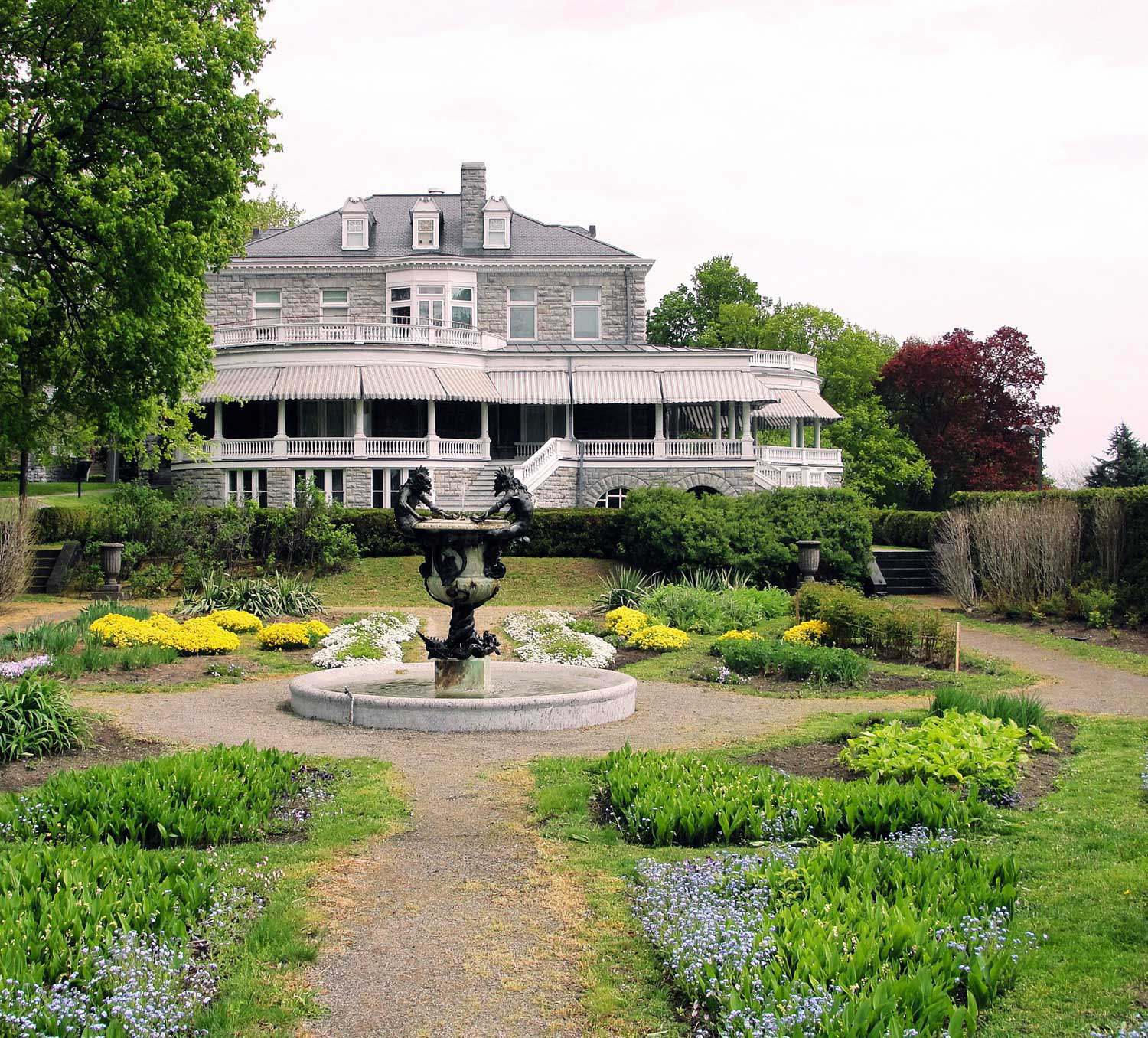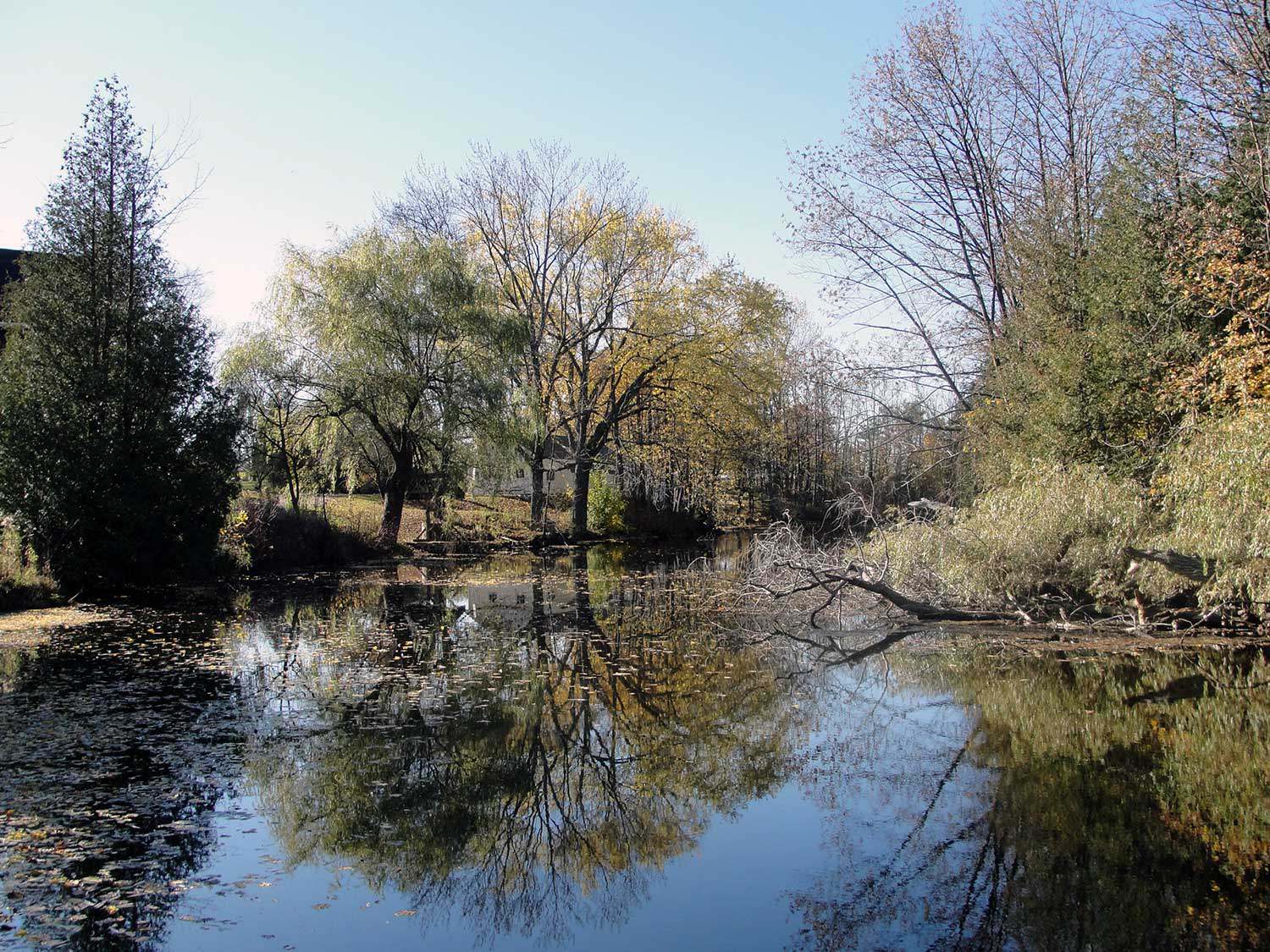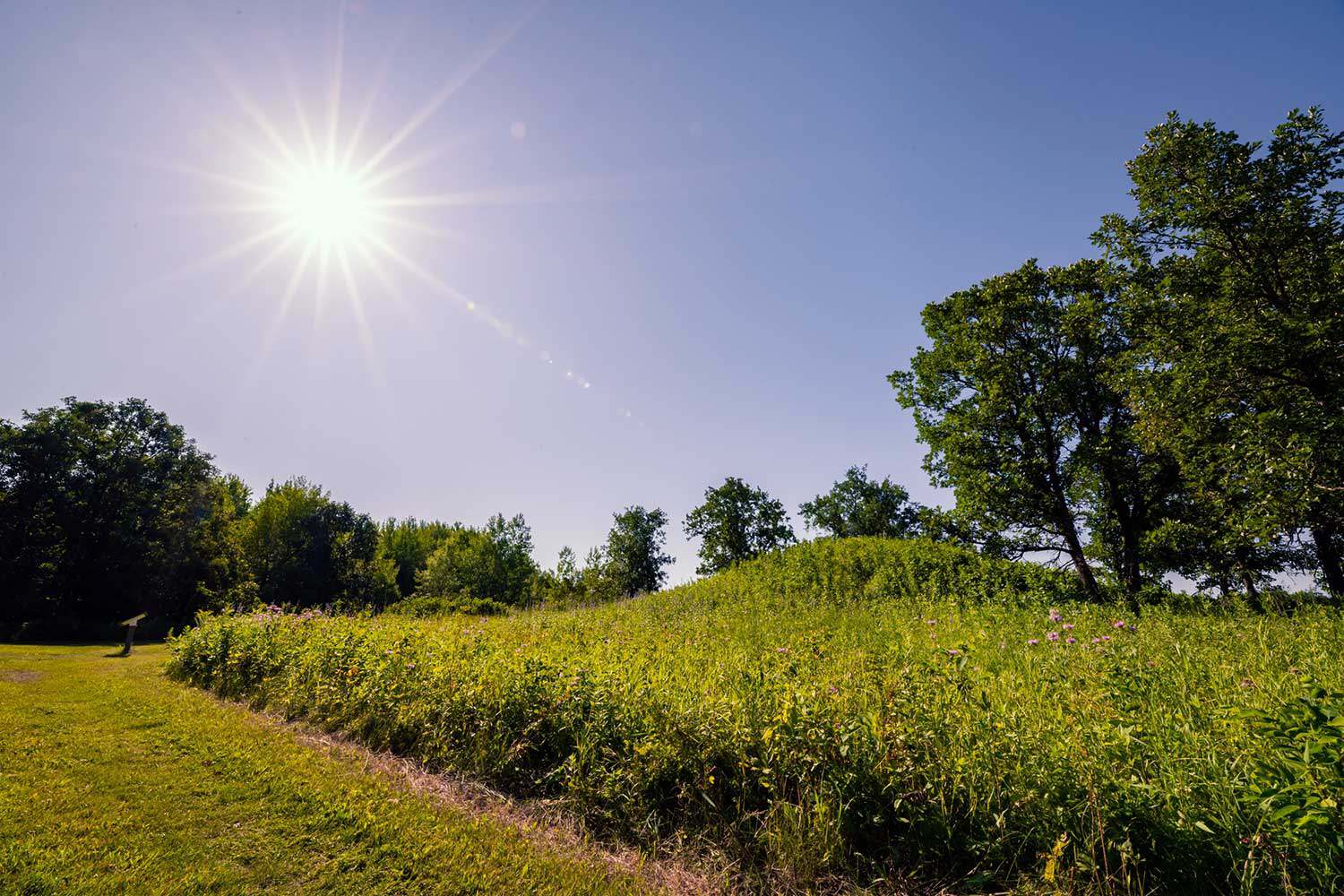Menu
Cultural heritage landscapes – An introduction
Cultural heritage landscapes, or cultural landscapes, have been used as a term for several decades. The approach of the United Nations Educational, Scientific and Cultural Organization (UNESCO) to cultural landscapes recognizes three main categories:
1. Designed cultural landscape
This type of cultural landscape is clearly defined and was created intentionally. These landscapes include garden and parkland landscapes, which are constructed for esthetic reasons, which are often but not always associated with religious or other monumental buildings and ensembles.
2. Evolved cultural landscape
This type of cultural landscape results from an initial social, economic, administrative and/or religious imperative, and has developed its present form by association with, and in response to, its natural environment. Such landscapes reflect that process of evolution in their form and component features. They fall into two sub-categories:
- A relict (or fossil) landscape is one in which an evolutionary process came to an end at some time in the past, either abruptly or over a period of time. Its significant distinguishing features, however, are still visible in material form.
- Continuing landscape is one that retains an active social role in contemporary society, which is closely associated with the traditional way of life, and in which the evolutionary process is still in progress. At the same time, it exhibits significant material evidence of its evolution over time.
3. Associative cultural landscape
The inclusion of such landscapes on UNESCO’s World Heritage List is justifiable by virtue of the powerful religious, artistic or cultural associations of the natural element, rather than material cultural evidence, which may be insignificant or even absent.
According to the UNESCO approach to cultural landscapes and to the International Technical Committee on Cultural Landscapes and Gardens (part of the International Council on Monuments and Sites, or ICOMOS), it is important to address traditional landscapes of the aboriginal experience as well as the special land-use patterns associated with particular agricultural cultures in any understanding of cultural landscapes. Moreover, cultural landscapes operate at many scales, from the modest size of a designed garden (less than an acre) to a vast northern Ontario panoramic vista stretching over several hundreds of square miles, as depicted in the artwork of the Group of Seven.
Definition of a cultural heritage landscape
A cultural heritage landscape is a property or defined geographical area of cultural heritage significance that has been modified by human activities and is valued by a community. These activities or uses may be key to the cultural value, significance and meaning of this landscape.
A cultural landscape may be designed at a specific time by a specific person or it may have evolved organically over a long period time (and may still be slowly evolving). It may also include a landscape that possesses powerful religious, artistic or cultural associations of the natural element rather than material cultural evidence, which may be insignificant or even absent. It involves a grouping(s) of individual heritage features, such as structures, spaces, archaeological sites and natural elements that together form a significant type of heritage form, distinctive from that of its constituent elements or parts.
Examples may include, but are not limited to: heritage conservation districts (designated under the Ontario Heritage Act), villages, parks, gardens, battlefields, main streets and neighbourhoods, cemeteries, shrines and special spiritual places, aboriginal landscapes, trails, views, vistas, view corridors, land-use patterns, traditional agricultural lands and industrial complexes of cultural heritage value.
For more information on cultural landscapes
ICOMOS’ International Scientific Committee on cultural landscapes
Parks Canada’s information on Aboriginal Cultural Landscapes



